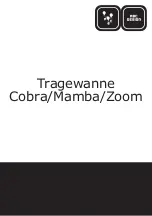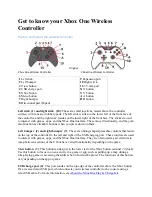
65
Add Derivative Time
Do not add Derivative Time if the system is too dynamic. Start with a
small Derivative Time value which gives sluggish response to process
upsets and double the value. Analyze the process variable. If the
response to process upsets is still sluggish, double the value again.
Continue with the same procedure until the process starts to oscillate
at a quick constant rate. Decrease the Derivative Time value by 25%.
From a cold start, test and verify that the Derivative Time value allows
maximum response to process disturbances with minimum overshoot. If
not completely satisfied, fine-tune the value, up or down, as needed and
test until correct. Note that the Derivative Time value is usually some-
where around 25% of the Integral Time value.
Another tuning method is the closed-loop cycling or Zeigler-Nichols
method. According to J.G. Zeigler and N.B. Nichols, optimal tuning is
achieved when the controller responds to a difference between set-
point and the process variable with a 1/4 wave decay ratio. That is to
say that the amplitude of each successive overshoot is reduced by 3/4
until stabilizing at setpoint. The procedure is explained below.
1. Integral Time=0
Derivative Time=0
2. Decrease the Proportional Band to the point where a constant rate
of oscillation is obtained. This is the response frequency of the
system. The frequency is different for each process.
3. Measure the Time Constant which is the time to complete one cycle
of the response frequency. The Time Constant will be defined as “T”
when calculating Integral and Derivative Times.












































